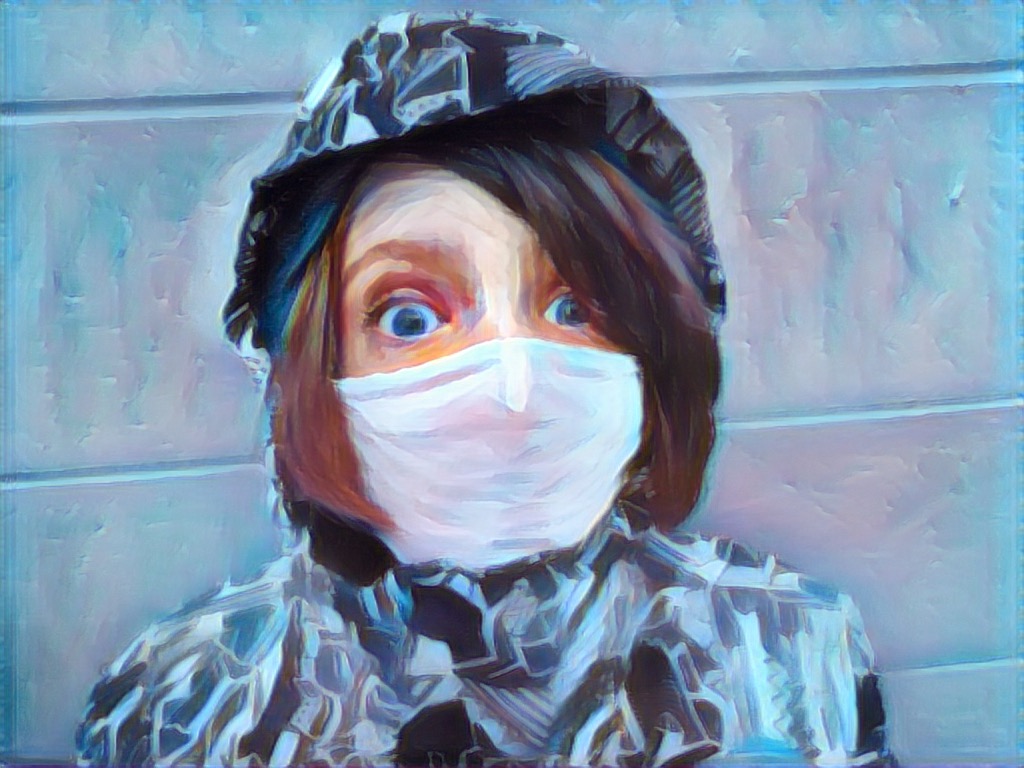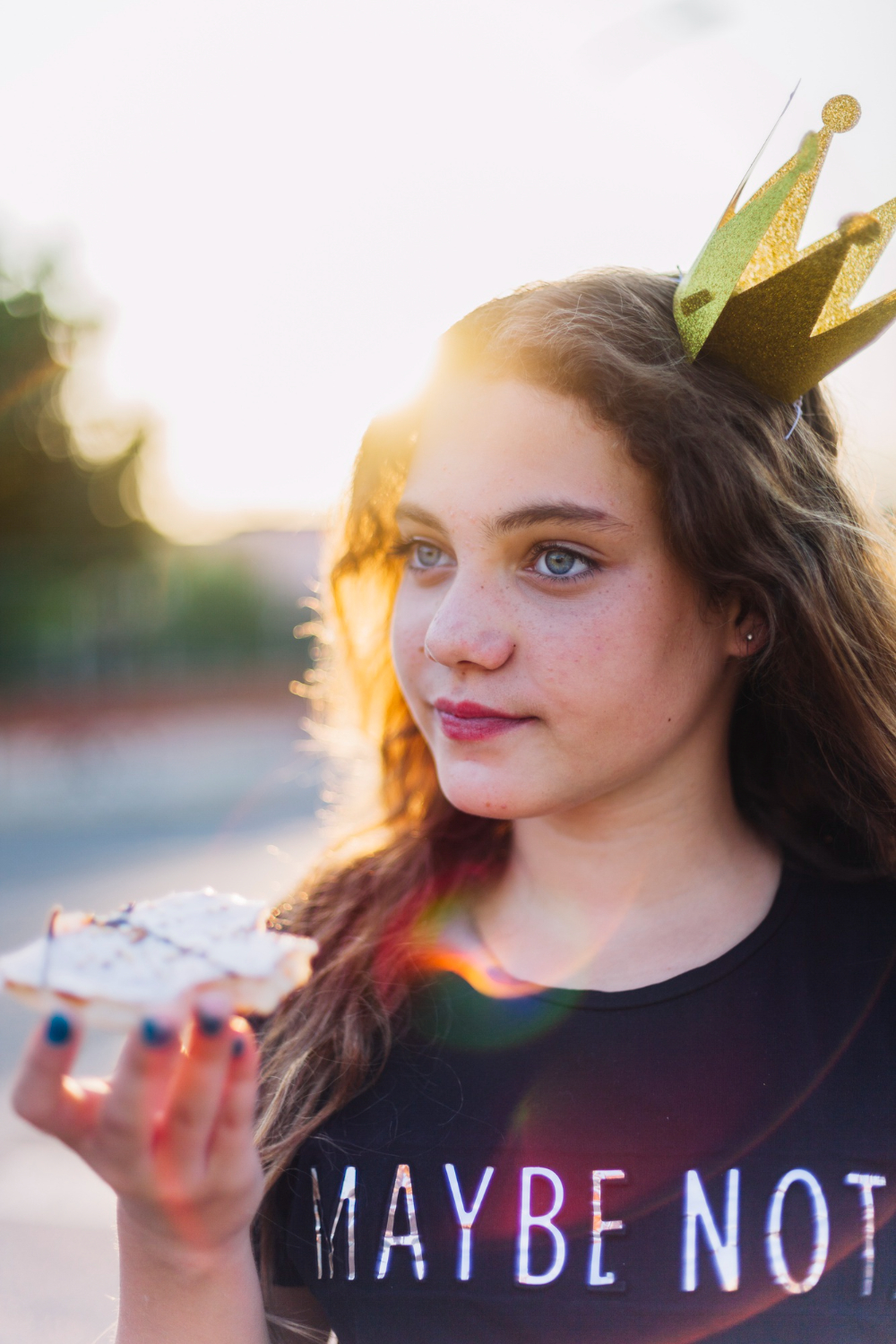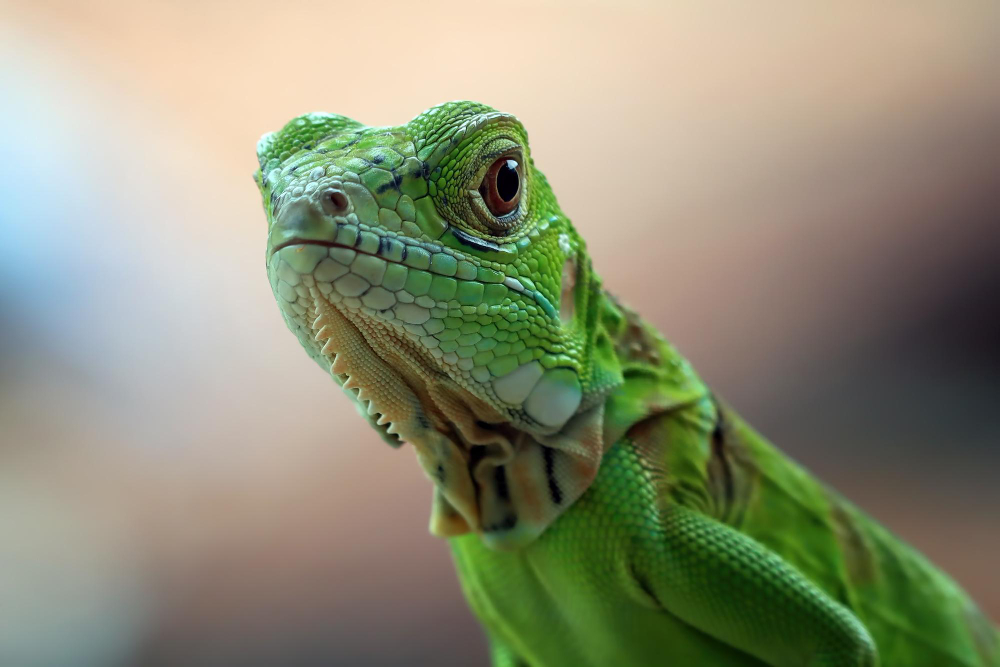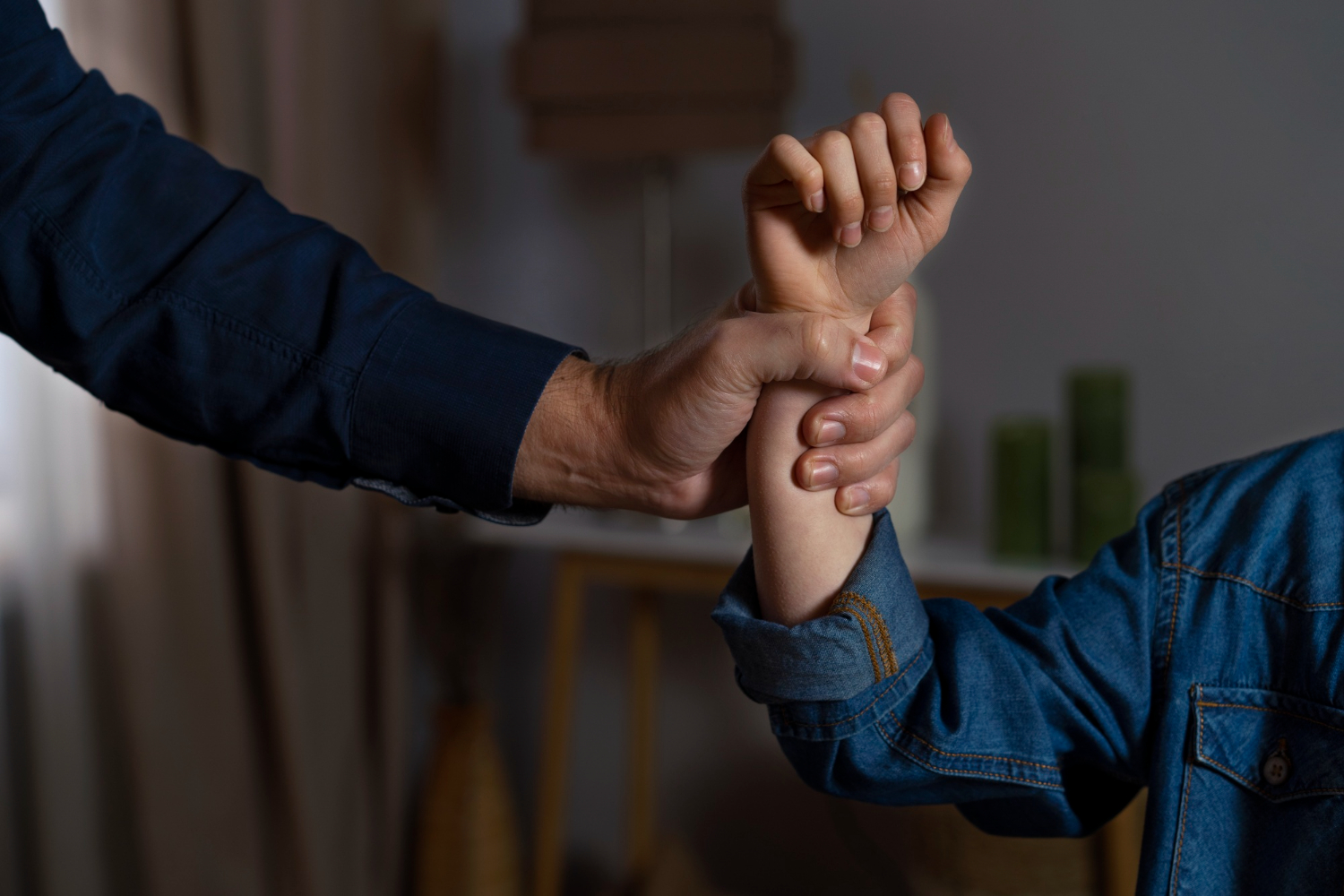One of the most surprising and disorienting lessons I’ve learned—through parenting neurodivergent twins, through surviving the school system alongside them, and through slowly unmasking myself—was this:
You can’t fake regulation
You cannot breathe slowly enough, sit still enough, or smile warmly enough to convince a child you are calm when your nervous system is in revolt. You can build a fortress of composure, polish your tone to shine, even lower your heart rate if you’ve practised—but none of it will land if your child can feel that something unspoken is surging beneath the surface.
I spent years trying. I believed that if I modelled calm, my children would feel calm. I believed that if I mimicked serenity with my voice and gestures—especially during those long, overstimulating, body-on-body bedtimes—they would follow. I breathed and pictured oceans. I softened my tone. I said nothing about the screaming in my head.
But they knew. They always knew and they didn’t settle, stiffened, or clung harder. They scanned my body for what I was hiding. They knew I wasn’t okay, and it scared them more to watch me pretend.
This is a marathon
Raising children is not a sprint, and yet—because of my ADHD, my hyper-conscientiousness, my deep attachment to doing things perfectly—I entered motherhood as though it were an emergency I could power through, phase by phase, breath by breath, toward some imagined plateau of stability.
And maybe that was inevitable, because their birth was an emergency—delivered prematurely in an operating room crowded with two dozen people, monitored and medicated in the NICU for more than a month, their fragile bodies tethered to machines that became our first language of parenting. So of course it felt urgent.
But to self-regulate, the body must feel safe—and how could I possibly feel safe in the aftermath of re-hospitalisations, near-death episodes, breastfeeding failures, motherhood swallowing my career, my time, my friendships, my sleep, my sense of self?
I was already frayed when they came home, and the waves kept coming before I could stand upright again: no recovery window, no exhale, just one destabilisation after another.
These were the conditions under which I was supposed to mother—not just survive, but soothe, anchor, regulate—and no wonder I failed, no wonder I masked, no wonder I tried to fake calm while my own nervous system was vibrating with unspoken fear.
Regulation isn’t a performance
I remember sitting across from the counsellor—exhausted, brittle, trying to hold it together—and hearing her say that for the twins to feel regulated, we needed to be regulated. And that regulation wasn’t a performance. I think I scoffed—softly, inwardly, maybe even with a kind of weary contempt—because I was doing my best. My intention was to convey regulation. I sang lullabies, I danced them to sleep while listening to soft music, I cuddled them for hours, I read them books, they were not wanting for anything…
But her words stayed. They returned to me in the quiet moments, in the chaos, in the space between effort and collapse. Regulation is not a performance. And at some point—weeks later, maybe months, maybe years—I woke up with the full weight of it in my body, the truth ringing so loudly I couldn’t unhear it:
my whole life had been a performance.
My whole life had been a desperate, highly skilled, socially rewarded pursuit of the externally imagined. I had tried to look like, sound like, and feel like what I thought competence was, what safety was, what motherhood was, what a good life was supposed to be. And underneath that scaffolding, I was dissatisfied, aching, and not even sure who I was.
-
The space between my brain and the page
My parents never sent me to kindergarten, so when I started first grade, it was a bit mysterious to me. I had been living on the side of a mountain, chasing garter snakes, and picking wild strawberries. While the class attempted to learn…
Then there were years of therapy for PTSD—slow, halting years of learning how my body responds to threat, learning the outlines of my own dissociation, learning to notice the edge of the void before I fall into it. I began to understand what makes me shut down, what turns my mind distant and pulls me out of my own skin and leaves me coasting through my life like I’m watching a movie. I started to be less dissociated, less depersonalised, and in trying to occupy my body, I took a deep breath for the first time in my life and really knew what it meant for breathing to feel good.
The moment I stopped pretending
Eventually, I stopped pretending. I began to speak what was true:
I love you so much, and I want to stay with you while you fall asleep, but I’m really tired and my body feels overwhelmed. It helps if you can touch me more firmly instead of gently. I’ll still be here, but I need to take care of my body too.
And it changed everything. Their nervous systems softened. Their confidence returned. Because I was human again—visible, readable, honest—and because they could watch me trying to regulate in real time, not performing peace, but pursuing it.
And things were just getting better, and another crisis hit—but this time I self-regulated, falteringly but persistently, and the frustrations that would have once consumed me in helplessness turned instead into action, clarity, and movement. Their nervous systems softened. Their confidence returned. Because I was human again—visible, readable, honest—and because they could watch me trying to regulate in real time, not performing peace, but pursuing it.
The same performance in school meetings
That shift—toward speaking the truth about internal states instead of manufacturing safety—was monumental. And now, every time I enter a school meeting, I see the inverse playing out in real time. I hear the principal using lines from the district like a script. I watch the overregulated posture, the too-still body, the voice that’s just a few tones too flat. And I feel what my children must have felt all those years ago: This person is pretending to be calm. And something unspoken is wrong.
Sometimes I wish that, in kindergarten, someone had pulled me aside quietly and said, You should turn the other way and run. If you stay, we are going to waste your time for years, harm your children, and no matter who you talk to, the harm will keep coming. Or the first time I advocated for resources—if someone had whispered, Just so you know, your child will probably only have support for a month, and then you’ll be back on the merry-go-round. And that cycle will repeat itself forever.
If someone had said that out loud—if they had admitted what they knew but could not voice—we would have left and spared our family hundreds of thousands of dollars and an ocean of suffering, but instead they masked, recited the lines, convinced themselves, and tried to convince us that things would work out, that support would materialise, that harm would pause, that calm was real.
-
The cost of being careful: how punishment rewires the brain for fear, not learning
There are classrooms where children learn to think, and there are classrooms where children learn to be careful. Too often, we pretend they are the same. But when punishment—especially collective or public punishment—dominates the emotional tone of a learning space, what emerges is…
The system is masking too
These are not just individuals masking. This is an entire system held together by strategic composure. It rewards staff who suppress, who script, who distance. It punishes those who show grief or tenderness or rage. It builds professional identity around detachment and self-control—and then hands staff impossible burdens, too few resources, and hours of unreconciled harm. Of course they mask. They have to.
But masking does not mean regulation. And it certainly does not mean safety. When children—and parents—enter rooms thick with invisible labour, where staff are holding in emotion with white-knuckled discipline, everyone can feel it. The unspoken tension moves through the space like static. It does not build trust. It builds fear.
When children learn to mask
And fear teaches children to mask. It teaches them to suppress dysregulation rather than receive support. It teaches them that appearing okay matters more than being okay. And it teaches them to internalise distress as shame, because the people around them—adults in charge—seem to have no distress at all.
-
Fight flight fawn freeze: surviving school
There are children who throw chairs when cornered, children who slip quietly out the door or hide behind the portable, children who don’t speak for hours, who go limp, who answer every question with “I don’t know,” and children who nod and smile…
What would it mean to tell the truth?
What if the principal in first grade had said, This is really hard. I’ve been given almost no tools, and I want to do right by your child, but I don’t know how, and I’m afraid of doing harm. If you want my honest opinion, you should find another option—one that would honour your children’s nervous system needs. I would have wasted a fuck of a lot less time, and my children would have endured far less suffering. I would have either gone straight to the district and then to the province, or I would have found my children a different school.
What if teachers could say, I’ve been masking for years, and I’m only now learning that it’s not the same as regulation.What if children could grow up in schools where staff modelled emotional honesty instead of institutional detachment?
The path to real safety—for children and adults alike—begins when we honour the body’s truth, speak aloud what is actually happening, and allow relational honesty to replace institutional performance. when we honour the body’s truth, speak aloud what is actually happening, and allow relational honesty to replace institutional performance.
-
The path to justice: legal versus public record
The courts may offer compensation, but rarely truth. The legal path demands silence in exchange for settlement. The public path asks you to speak while you’re still bleeding. Neither is easy. But only one builds a record that helps the next family survive.











